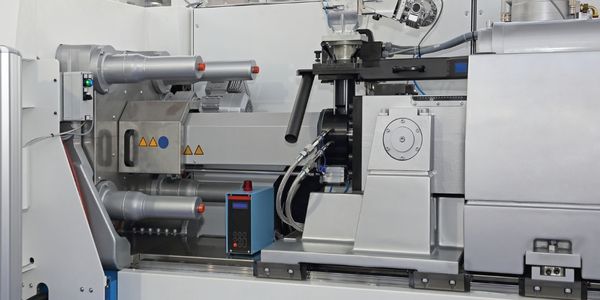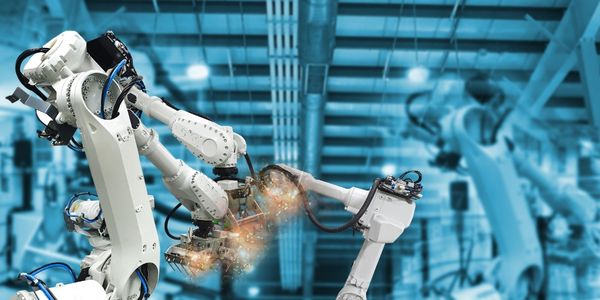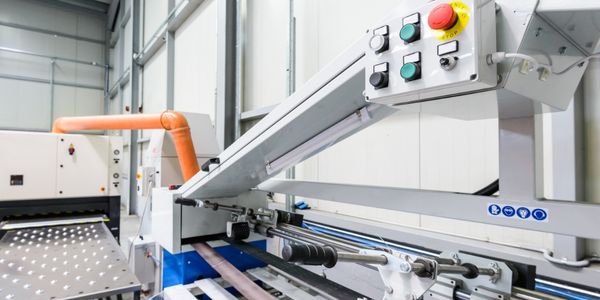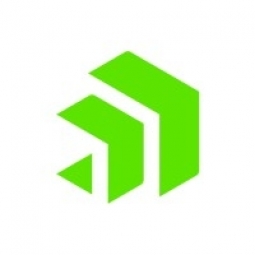公司规模
Large Corporate
地区
- America
国家
- United States
产品
- MarkLogic® database
技术栈
- MarkLogic
- ERP systems
实施规模
- Enterprise-wide Deployment
影响指标
- Cost Savings
- Productivity Improvements
- Digital Expertise
技术
- 平台即服务 (PaaS) - 数据管理平台
适用功能
- 离散制造
- 商业运营
用例
- 自动化制造系统
服务
- 系统集成
关于客户
The customer is a U.S.-based multi-billion power management company and global manufacturer that operates in multiple vertical lines of business. The company aims to improve efficiencies, costs, and safety across numerous industries. Through acquisition, organic growth, and product expansion, the company was experiencing a data explosion. The company had hundreds of disparate ERP systems, each with massive volumes of data (multiple TBS of data each), as well as multiple ERP vendors and multiple versions of ERP software that further added to the complexity.
挑战
The global manufacturing company was dealing with a data explosion due to acquisition, organic growth, and product expansion. The company had hundreds of disparate ERP systems, each with massive volumes of data, multiple ERP vendors, and multiple versions of ERP software, which added to the complexity. The company was using relational databases and ETL tools to integrate the data, but the process was slowing innovation and sometimes resulted in data quality issues, which could lead to negative customer experiences. The company needed to integrate its ERP systems, eliminating costly data siloes and time-consuming ETL processes in order to gain a 360-degree view of its data. The organization embarked on a massive integration project using traditional relational tools. After three years, the company had only integrated four of the hundreds of ERP systems. At this pace, the entire system would not be fully integrated for decades, resulting in the organization missing out on numerous opportunities and exposing the company to potential risk.
解决方案
The internal team conducted a proof of concept (POC) with the MarkLogic® database. MarkLogic partner LTI then worked with the manufacturer to ensure a streamlined, smooth process, planning to complete its entire ERP integration project in just six months. Most notably, LTI showed the organization how to remove costly and time-consuming data modeling, migration processes and systems, primarily by relying on MarkLogic's ability to ingest data as is. Under LTI's digital leadership, the manufacturer is using the MarkLogic database to conclude its ambitious ERP integration project. To date, the organization is experiencing faster time to value, future-proofed infrastructure, improved data governance, and reduced costs with increased efficiencies.
运营影响
数量效益

Case Study missing?
Start adding your own!
Register with your work email and create a new case study profile for your business.
相关案例.

Case Study
Plastic Spoons Case study: Injection Moulding
In order to meet customer expectations by supplying a wide variety of packaging units, from 36 to 1000 spoons per package, a new production and packaging line needed to be built. DeSter wanted to achieve higher production capacity, lower cycle time and a high degree of operator friendliness with this new production line.

Case Study
Robot Saves Money and Time for US Custom Molding Company
Injection Technology (Itech) is a custom molder for a variety of clients that require precision plastic parts for such products as electric meter covers, dental appliance cases and spools. With 95 employees operating 23 molding machines in a 30,000 square foot plant, Itech wanted to reduce man hours and increase efficiency.

Case Study
Fully Automated Visual Inspection System
Tofflon has developed a fully automatic machine that uses light to inspect vials, medicine bottles, or infusion containers for glass fragments, aluminum particles, rubber grains, hairs, fibers, or other contaminants. It also detects damaged containers with cracks or inclusions (microscopic imperfections), automatically removing faulty or contaminated products. In order to cover all production processes for freeze-dried pharmaceuticals, Tofflon needed to create an open, consistent, and module-based automation concept.

Case Study
SAP Leonardo Enabling Rocket Science
At times, ULA has as many as 15 different operating systems dedicated to overlapping processes, such as rocket design, testing, and launch. Multiple systems created unnecessary costs and unwanted confusion among workers at offices, factories, and launch sites in different location. In order to improve collaboration and transparency during vital activities that directly influence mission success, ULA wanted to improve data sharing and streamline manufacturing processes.

Case Study
IIC Smart Manufacturing Connectivity for Brown-field Sensors
The discrete manufacturing domain is characterized by a strictly hierarchical structure of the automation systems, commonly referred to as the automation pyramid. Data acquired by a sensor typically flows through an IO-module into a Programmable Logic Controller (PLC) which manages the local real-time control system. As all process data are concentrated in the PLC, re-programming the PLC and thus, implementing interfaces to access these data appear to be the natural choice to transfer them to the IT system. However, for brownfield installations this choice has proven impracticable for the following two reasons:In brownfield facilities, PLC usually operate within a once-specified environment and are rarely re-programmed. That is why the active staff is often not familiar with the code and lacks of the competence to modify the existing implementation in a reasonable amount of time.Furthermore, for cost reasons, any PLC was selected to exactly match the requirements of the environment within which it was intended to operate. That is why it cannot be assumed that a PLC will be able to support additional tasks such as communicating data through additional interfaces.

Case Study
Smart Factory Solutions for Tobacco Industries: Bridging the Manufacturing Generation Gap and Improving Operational Efficiency
The tobacco industry, represented in this case by British American Tobacco (BAT), is facing a decline in cigarette volumes worldwide. This decline has led to an increased emphasis on efficient supply chains and optimized production processes. The industry is also grappling with the need for agile production facilities and the integration of Industry 4.0 to accommodate diverse production requirements. BAT, in particular, was seeking a factory solution to automate their product control processes, from the transportation of tobacco and cigarette paper to the placement on cigarette machines and the packing conveyor. The company also needed to support the continuous use of legacy equipment, such as relay-controlled cigarette machines dating back to the 90s and AMK servo drive systems, to sustain production levels at speeds of 8000 to 16000 pieces per minute. Furthermore, changing regulatory guidelines necessitated flexibility in labeling requirements.







